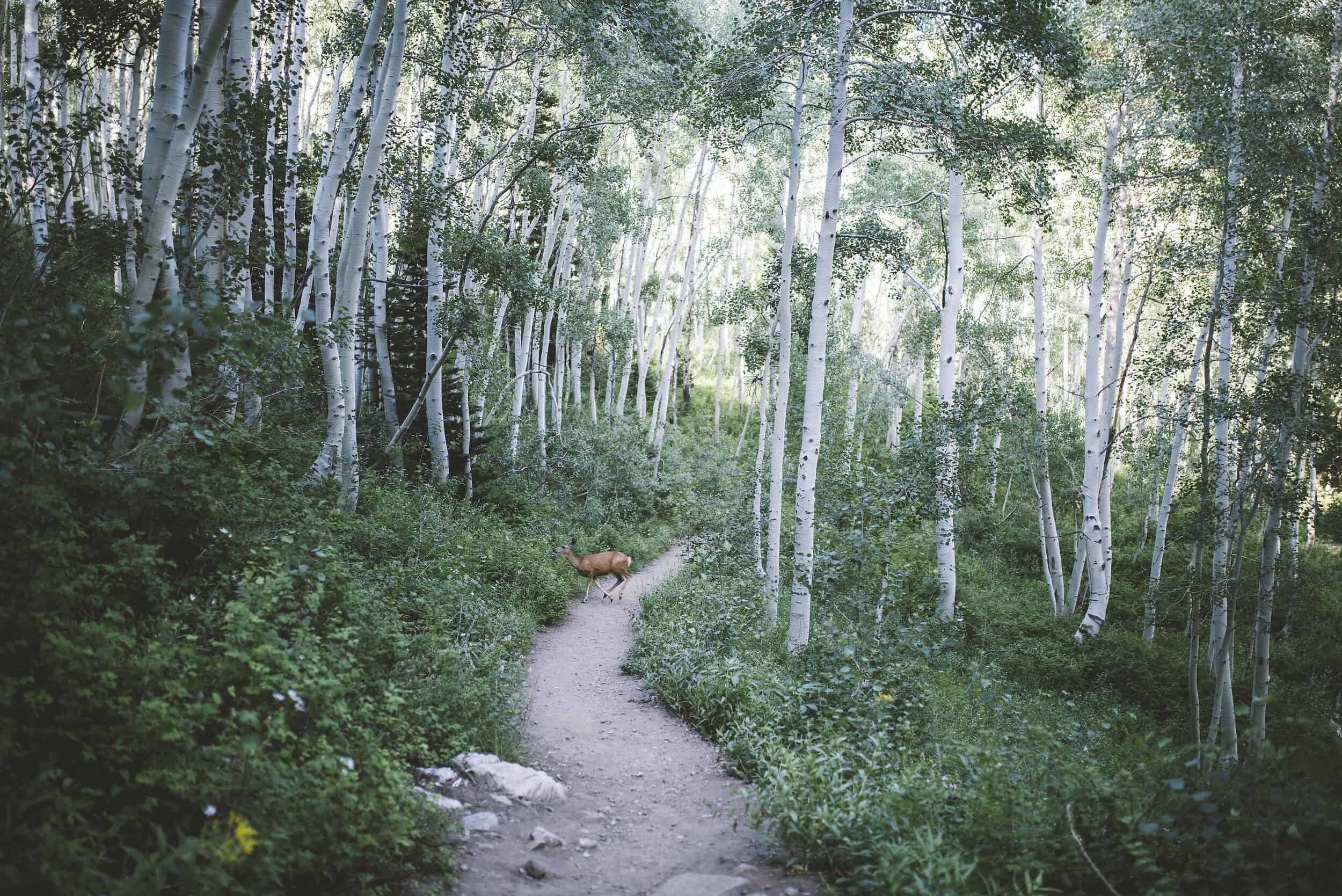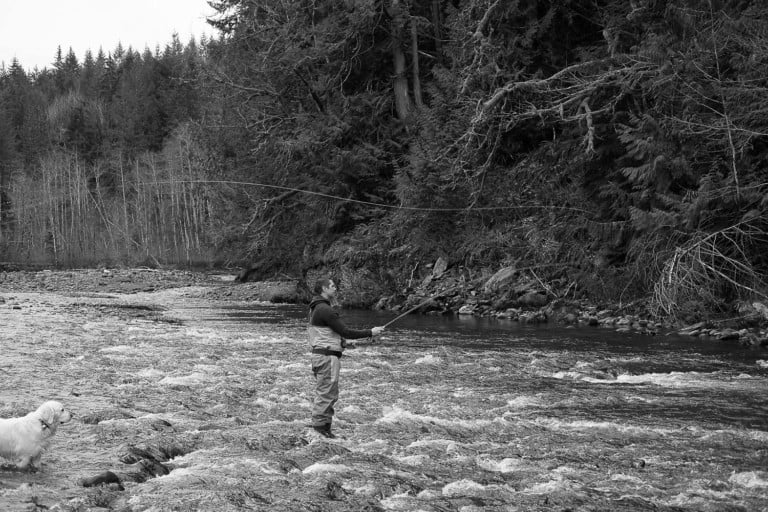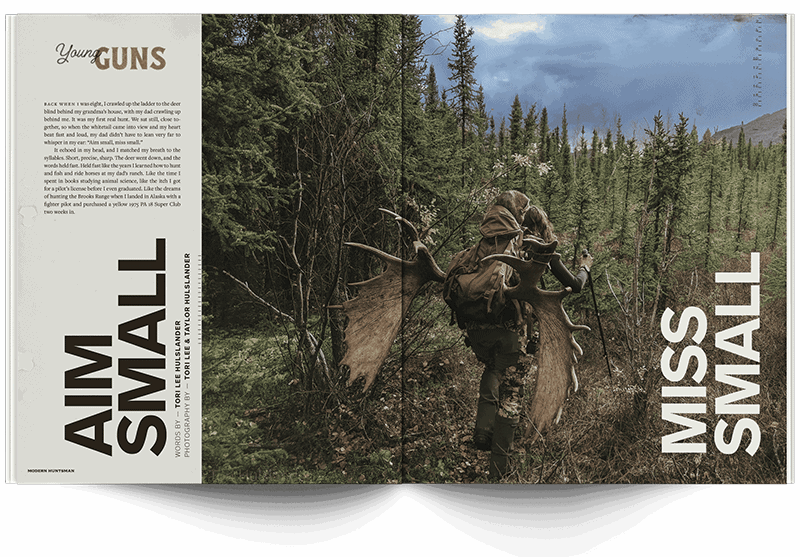Great things could lie ahead for American hunters. As new priorities give rise to the public’s engagement with nature, Lindsey Davis explores the shifting opportunities and threats to the modern hunter’s landscape.
Congratulations my intrepid, policy-curious hunters and wilderness enthusiasts – we made it through election season. While there are still many strange headlines to wake up to each day, public lands, hunting and wildlife were on the ballot in many forms this year. This month’s read is a roundup of results, and the latest policy developments that show how the outdoors and wildlife are faring amongst voters and legislators.
Parks and Open Space Pass with 98 Percent Success Rate
This election, voters approved a total of $3.7 billion in new funding for parks and open space measures nationwide according to the Trust for Public Lands. Since 1988, such measures have won approval on average 76 percent of the time. This year, 48 of 49 measures passed, giving public lands a 98 percent success rate on the ticket. With the outdoors more important than ever to American’s this year, participation rates soaring, and access disparities in the national spotlight, this is a big win and bodes well for public lands as a platform for our leaders.
Utah Establishes a Right to Hunt and Fish
The state of Utah passed an amendment establishing a right to hunt and fish as a state constitutional right. Utah now joins 19 other states with a similar amendment. This measure also declared that hunting and fishing are the preferred means of managing and controlling wildlife. The move is somewhat symbolic, as it doesn’t change any current rules or regulations. These ‘right to hunt and fish’ amendments protect the tradition of hunting as the non-hunting public grows more dominant in population and in voting power. This




